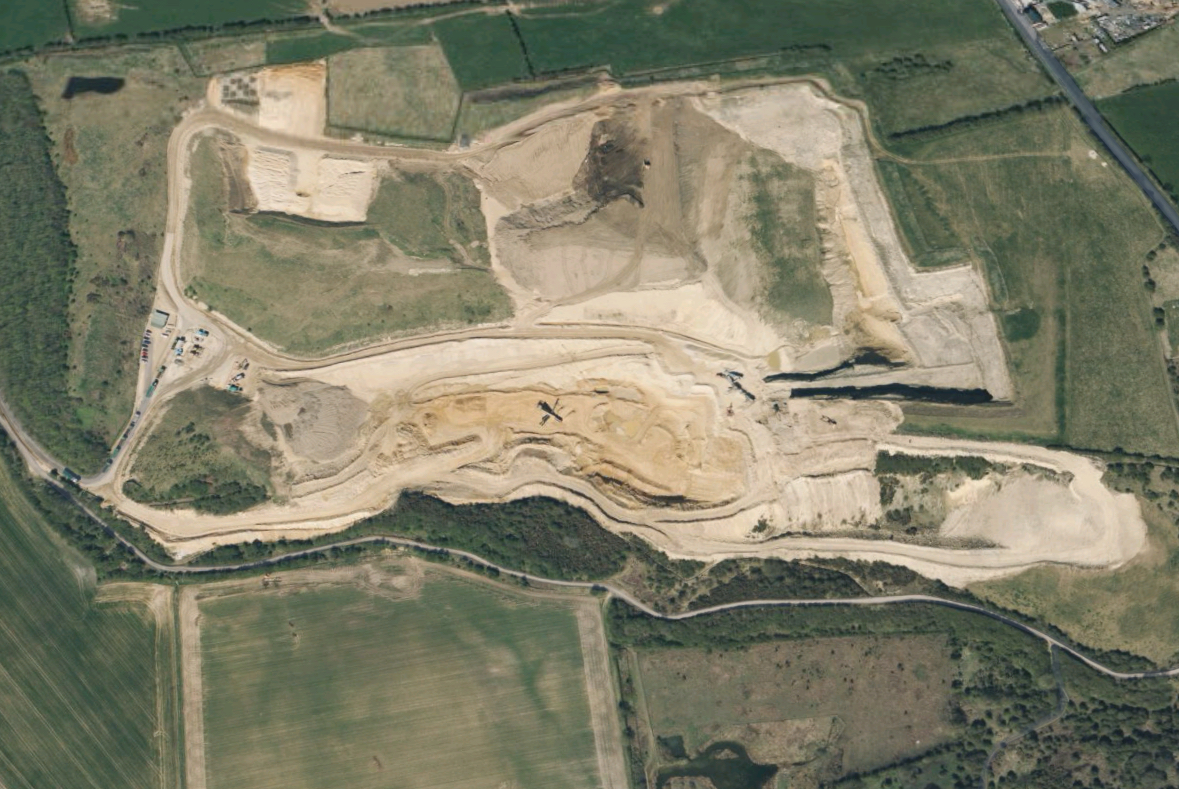Inspection Information
-
Site conducted
-
Conducted on
-
Prepared by
-
Purpose of inspection
As you assess the fenceline, keep track of areas that need attention.
-
Are there any cows out?
-
Inspect the posts: Ensure that fence posts are standing upright and secure. Look for any leaning posts or signs of damage, such as cracking, rotting, or decay.
-
Check for gaps: Examine the space between the fence and the ground, especially for any gaps that could allow livestock to escape. Ensure the bottom of the fence is close to the ground.
-
Look for damaged wire or panels: Inspect the wire for any breaks, rust, or weak spots. Make sure any wooden or metal panels are intact and securely fastened. Tighten loose wires or replace damaged section
-
Ensure proper height and tension: Make sure the fence is tall enough to deter livestock from jumping over it. Additionally, check that wires or chains are properly tensioned, as sagging can weaken the fence's effectiveness.
-
Examine gates and latches: Ensure that gates open and close properly, and check the latches to make sure they’re secure and not worn out or damaged. Proper functioning gates are important for maintaining the integrity of the fenceline.
-
Check for vegetation or debris: Look for overgrown vegetation or debris that may be damaging the fence. Trees or brush can weaken the structure, while debris, like fallen trees can cause fence down or broken wire.
-
Test for stability: If the fence is made of materials like wire, gently pull on different sections to check for movement or looseness. The fence should feel stable and firm under light pressure.
-
Sharp Edges: Inspect for any sharp or jagged edges, such as broken metal parts, nails sticking out, or broken posts that could injure livestock.<br>
-
Loose or Hanging Wires: Check for any sagging or loose wire, including electric fences. These can create a hazard to livestock and can cause injury if they are exposed.
-
Protruding Nails or Screws: Nails or screws sticking out of the fence can be an injury risk. These should be either hammered in or replaced.
-
Note repairs or replacements needed
Sign off.
-
By signing below you affirm the inspection is completed and all hazardous conditions are controlled or reported to management.















